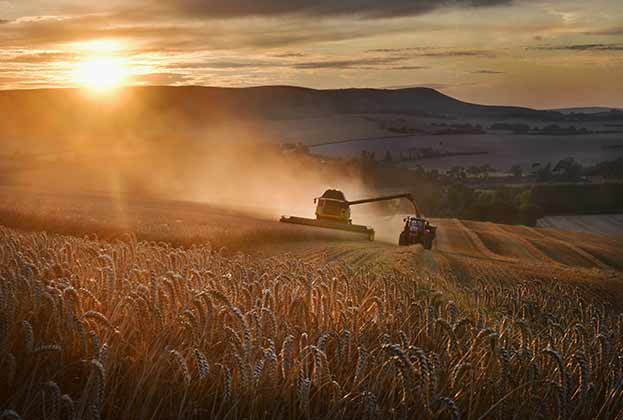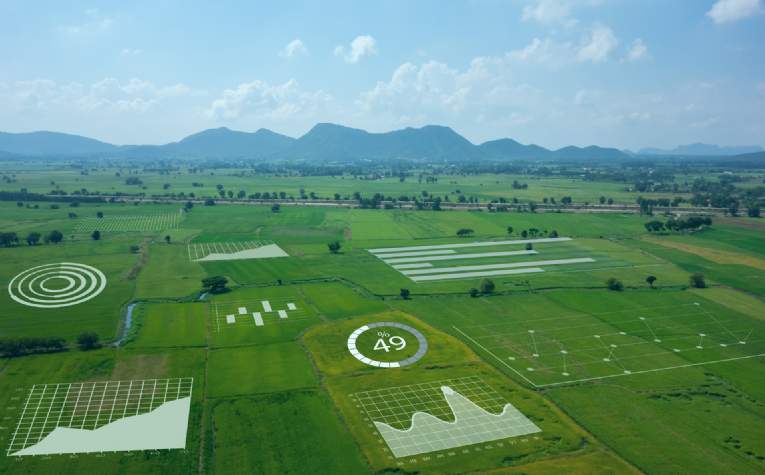1. Defining regenerative agriculture is not simple
There is no one universally agreed upon definition and regenerative agriculture is perhaps better understood as an approach. In its broadest terms, it refers to agriculture that seeks to work with natural systems to restore and enhance the biodiversity, soil fertility and ecosystem service provision (such as carbon sequestration and water retention) of farmed land.
Because regenerative agriculture in not a one-size-fits-all method, land managers can adopt regenerative techniques to suit their land type and farming business. This offers flexibility, which is needed within an approach that requires a significant shift of mindset.
2. The key principles of regenerative agriculture focus on improving soil health
Central to the regenerative agriculture model is the concept of protecting and restoring soils, reversing the degradation of soils that has occurred due to the industrialisation of farming and its reliance on chemical inputs.
There are five core principles of regenerative agriculture (see below) which focus on minimising soil disturbance and building soil organic matter. This increases the amount of carbon fixed within the soil, through the transformation of plant and animal detritus, as well as by certain carbon-fixing bacteria.
As soils grow in fertility, their water and nutrient holding capacity also increases, thereby building the natural, biological productivity of the land and encouraging species growth, which continues this positive loop of regeneration.
In essence it’s all about working with and optimising the land’s natural biological systems, which takes time but ultimately increases land’s resilience.

.jpg)
.jpg)
.jpg)



.jpg)
.jpg)
.jpg)
.jpg)
